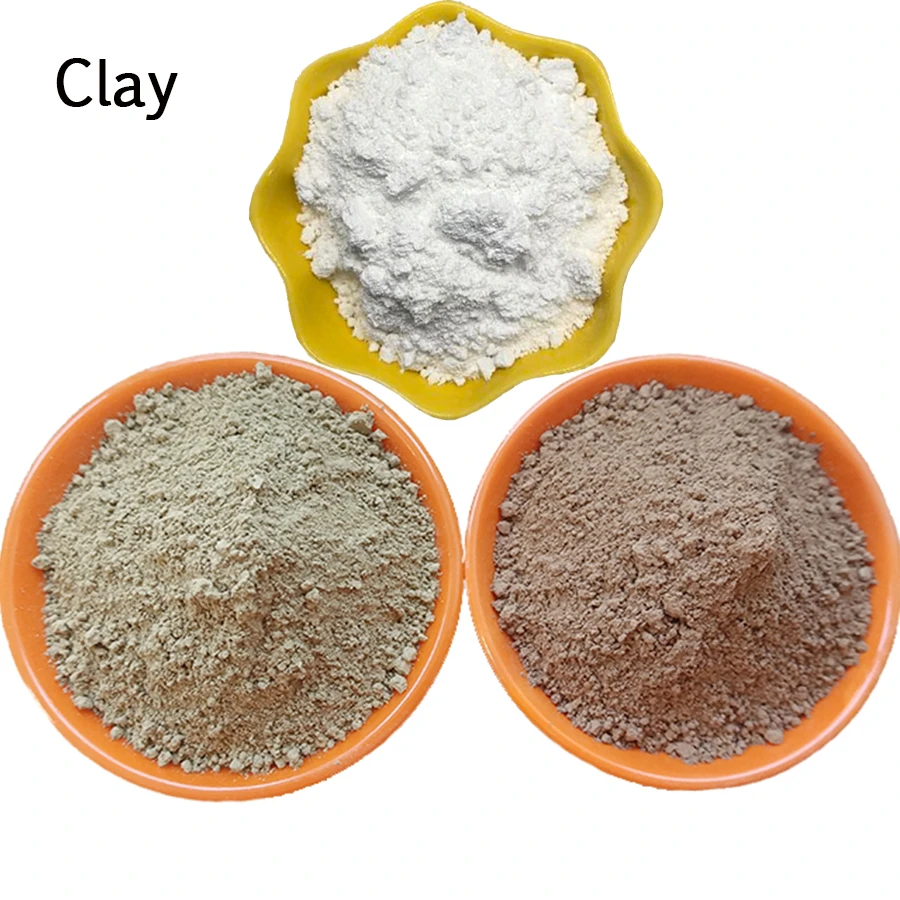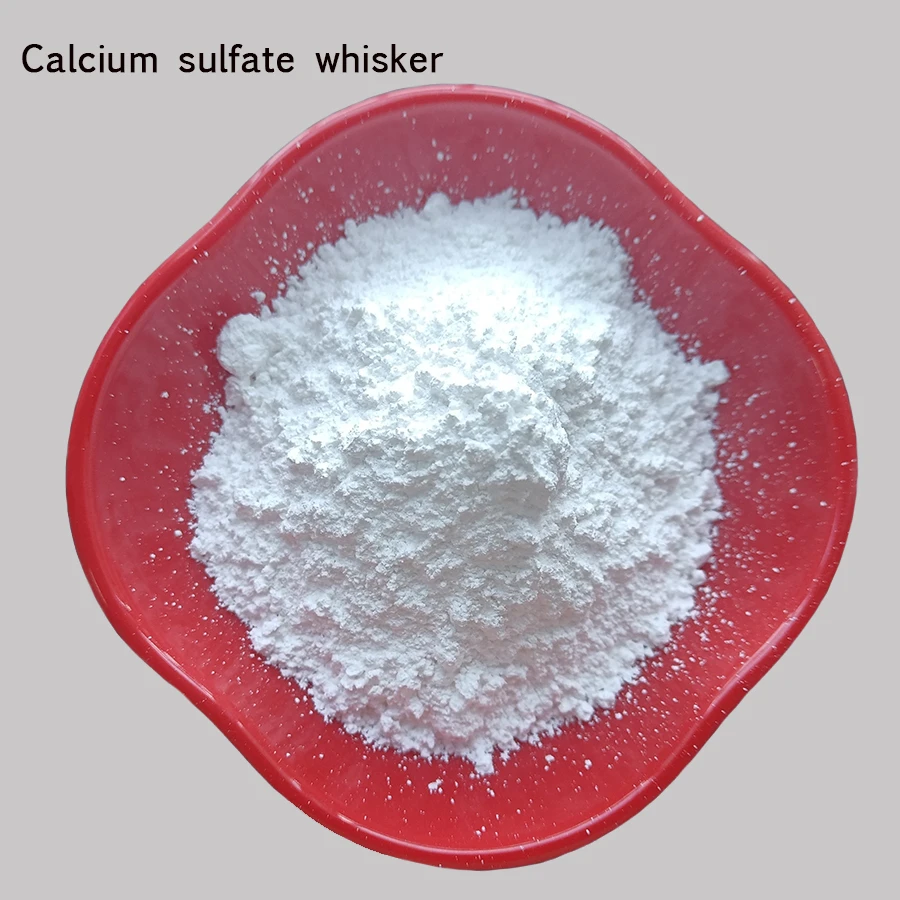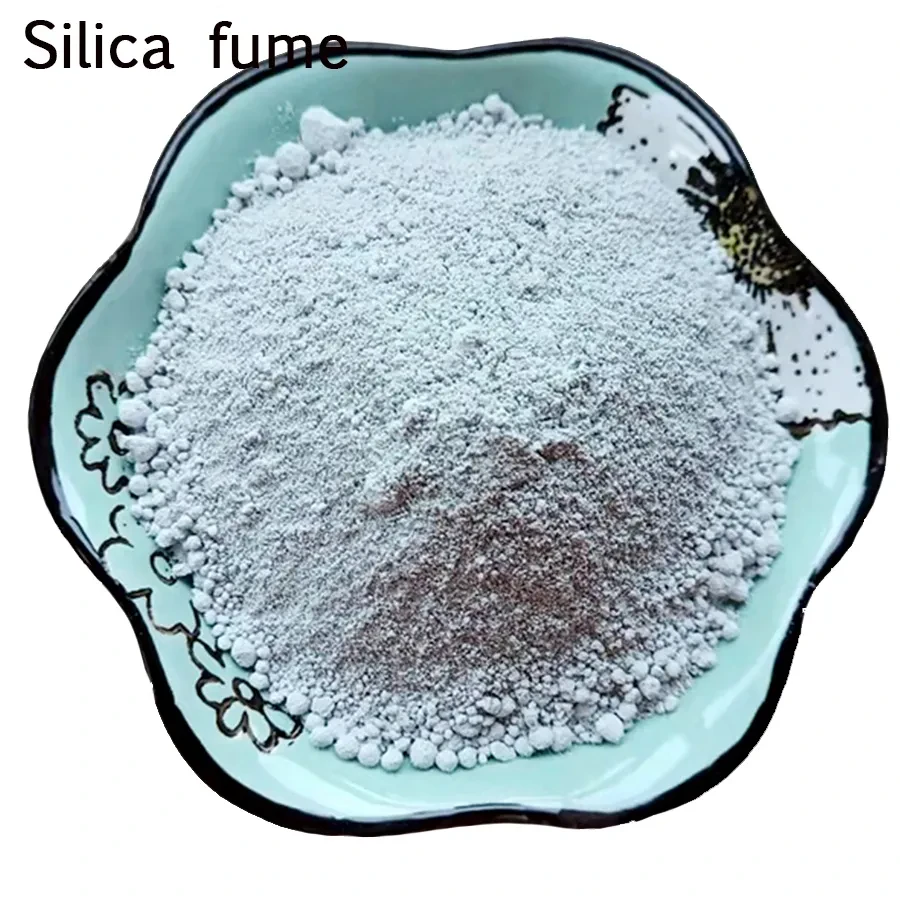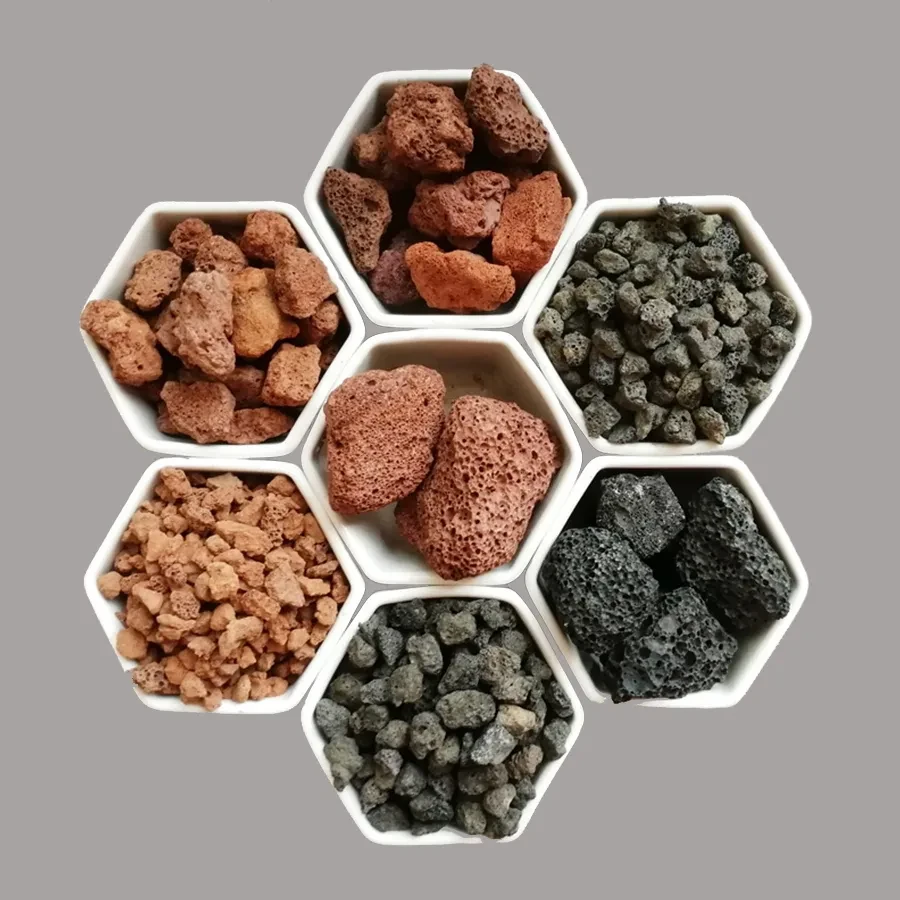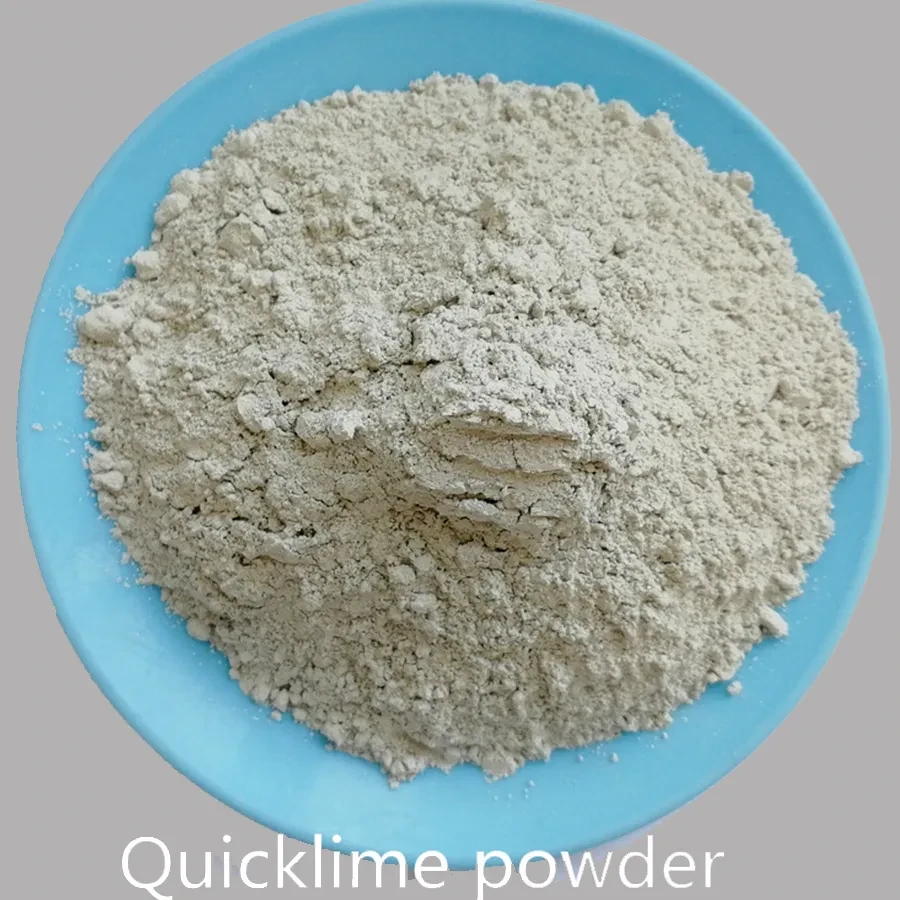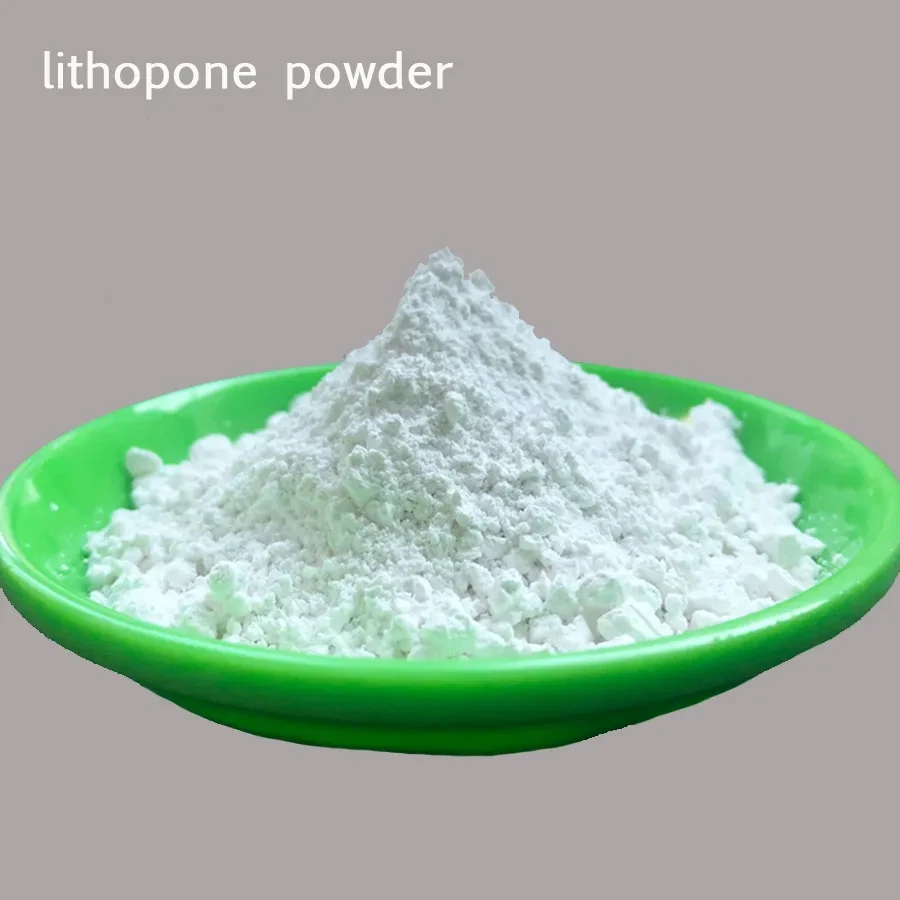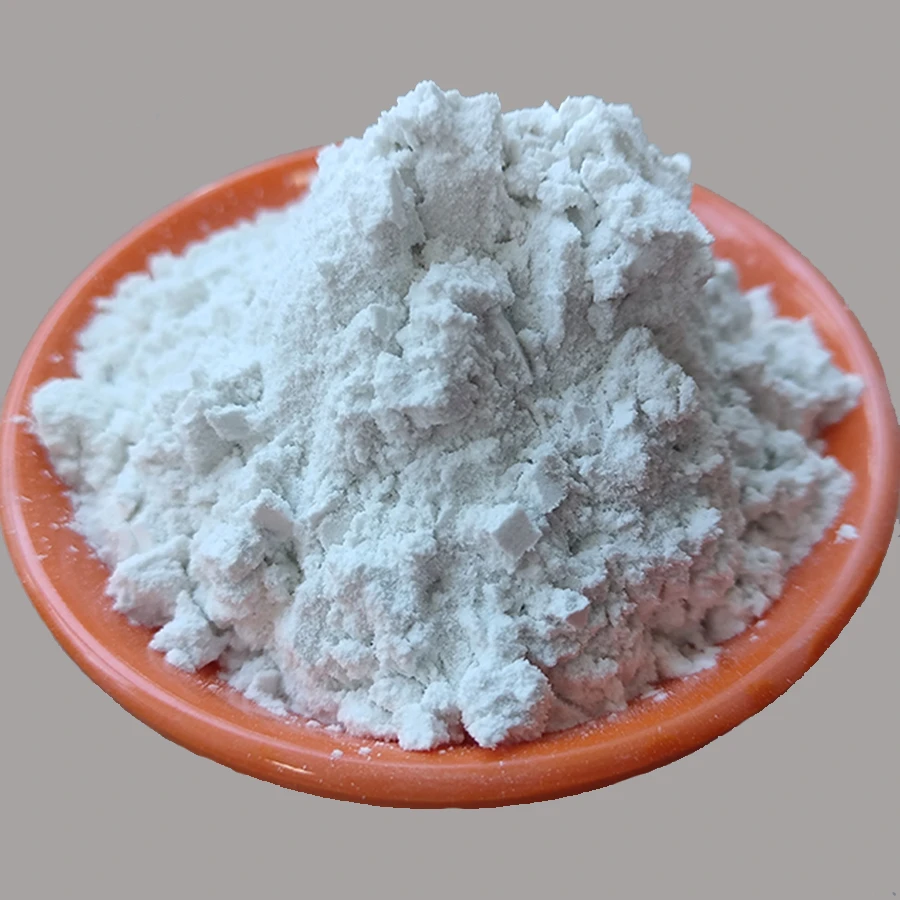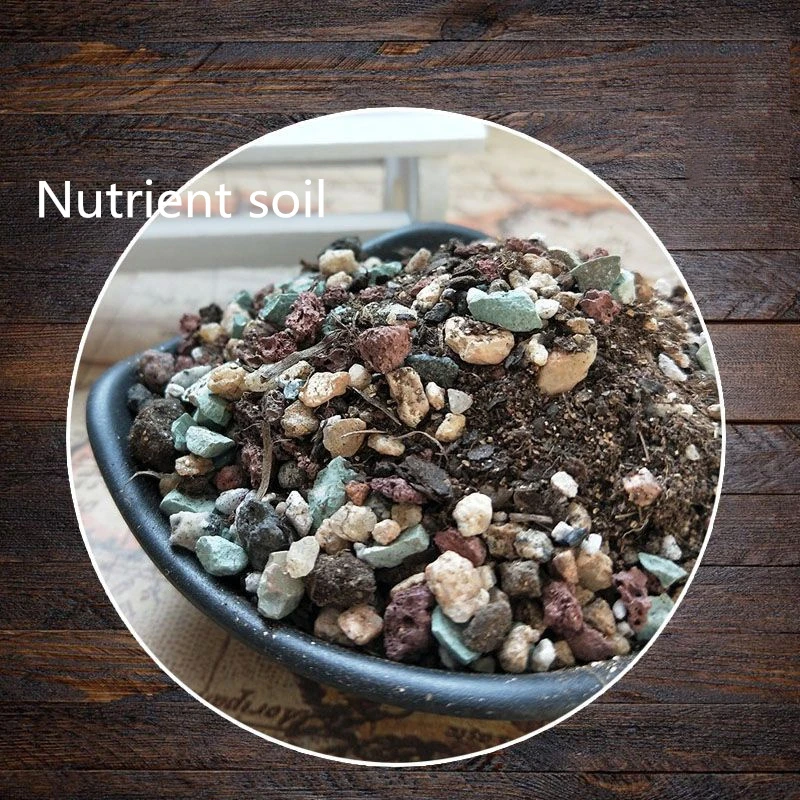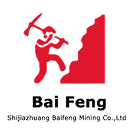
- afrikanska
- albanska
- arabiska
- vitryska
- bengaliska
- tjeckiska
- danska
- holländska
- engelska
- finska
- franska
- galiciska
- tyska
- grekiska
- hebreiska
- ungerska
- indonesiska
- irländsk
- italienska
- japanska
- javanesiska
- kazakiska
- Khmer
- rwandiska
- koreanska
- kirgiziska
- Arbetskraft
- latin
- lettiska
- litauiska
- malajiska
- maltesiska
- mongoliska
- Myanmar
- norska
- persiska
- polska
- portugisiska
- rumänska
- ryska
- serbiska
- slovakiska
- spanska
- svenska
- Tagalog
- Thai
- turkiska
- ukrainska
- vietnamesiska
- walesiska
In the dynamic landscape of industrial materials, the demand for high-performance pigments continues to evolve, driven by stringent regulatory frameworks, technological advancements, and a persistent focus on cost-efficiency and sustainability. Among the various white pigments available, Lithopone pulver stands out as a critical component, widely recognized for its excellent optical properties, broad applicability, and compelling economic value. This compound, primarily composed of a mixture of barium sulfate (BaSO₄) and zinc sulfide (ZnS), serves as a versatile opacifying and whitening agent across numerous sectors. The global market for white pigments is experiencing consistent growth, propelled by the expansion of the paints and coatings, plastics, and rubber industries, particularly in emerging economies. Manufacturers are increasingly seeking pigment solutions that offer superior hiding power, enhanced brightness, and improved processing characteristics without significantly impacting overall production costs. The adoption of advanced manufacturing techniques further refines the product, ensuring consistent quality and performance. Furthermore, the push towards eco-friendlier formulations necessitates pigments that are non-toxic and compliant with international environmental standards, making Lithopone a preferred choice for many applications. This trend underscores the importance of sourcing from reputable suppliers who adhere to strict quality control and sustainable practices, thereby ensuring both product efficacy and environmental responsibility.
The market analysis indicates a sustained upward trajectory for white pigment demand, driven by innovation in end-use applications and a shift towards more specialized product grades. For instance, in the paints and coatings industry, there's a growing need for pigments that can withstand harsh environmental conditions, offer excellent tinting strength, and contribute to durable finishes. Similarly, in the plastics sector, the integration of pigments must not compromise the mechanical properties or processability of the polymers. Lithopone pulver, with its balanced properties, is well-positioned to meet these evolving requirements. Its relatively low abrasiveness compared to other pigments extends the lifespan of processing equipment, offering an additional cost-saving advantage to manufacturers. Furthermore, the ongoing research and development efforts in pigment technology are focusing on surface treatments and particle size optimization to further enhance the dispersibility and performance of pigments like Lithopone, making them suitable for advanced applications. This commitment to continuous improvement ensures that Lithopone remains a competitive and vital raw material for a wide array of industrial products. Understanding these market dynamics is crucial for B2B buyers looking to optimize their supply chains and ensure a consistent supply of high-quality pigment solutions for their manufacturing processes.
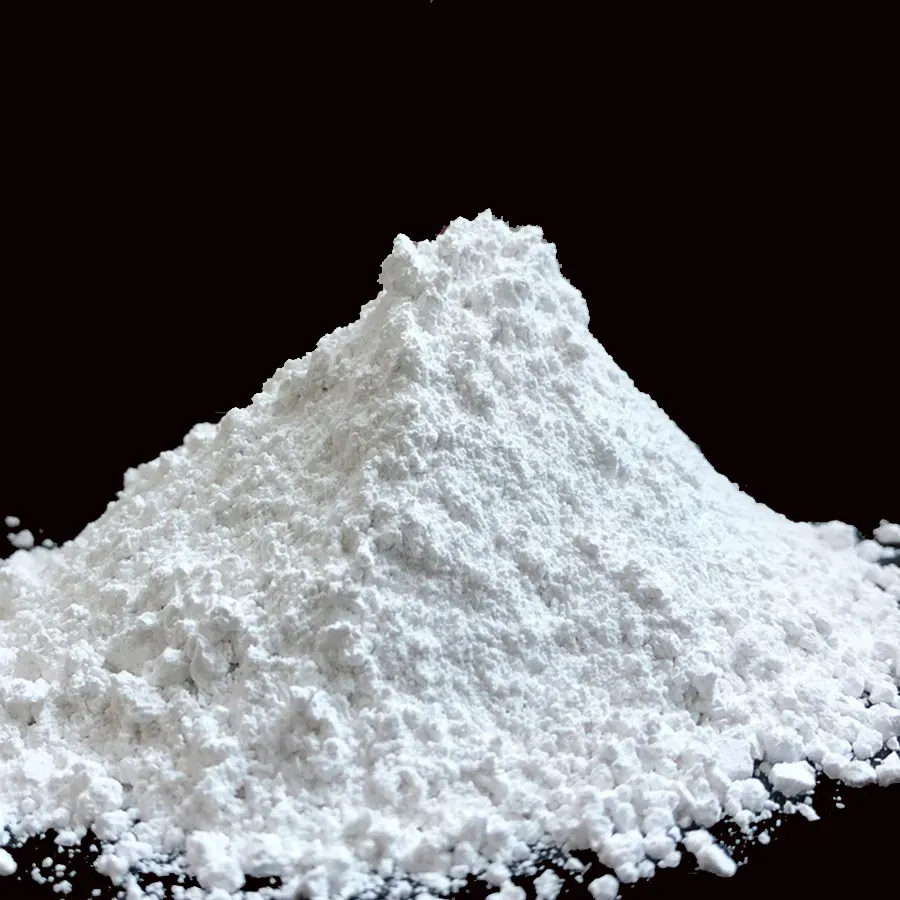
Advanced Manufacturing Process of High-Grade Lithopone Powder
The production of high-quality Lithopone pulver involves a sophisticated chemical manufacturing process, primarily based on the co-precipitation reaction between barium sulfide (BaS) and zinc sulfate (ZnSO₄). This meticulously controlled process ensures the formation of a precisely balanced composite pigment with desirable optical and physical properties. The journey begins with the careful preparation of highly purified raw materials. Barium sulfide solution is typically derived from barite ore (barium sulfate) reduction, while zinc sulfate is obtained from zinc ore processing. These solutions are then meticulously filtered to remove impurities, ensuring the final product's purity and whiteness. The core of the manufacturing process is the co-precipitation stage, where the two purified solutions are mixed under controlled temperature and pH conditions. This precise chemical reaction yields a slurry containing insoluble zinc sulfide and barium sulfate. The efficiency and quality of this step are paramount, as they directly influence the particle size distribution and crystalline structure of the nascent pigment. Following precipitation, the slurry undergoes a rigorous filtration process to separate the solid Lithopone cake from the liquid supernatant, which is then often recycled or treated for waste minimization.
After filtration, the wet cake of Lithopone pulver is subjected to a crucial calcination (roasting) step in specialized kilns at high temperatures, typically between 600°C and 800°C. This thermal treatment is critical for improving the pigment's whiteness, opacity, and weather resistance by altering its crystalline structure and removing residual impurities and volatile components. The calcination process is meticulously monitored to prevent agglomeration and ensure uniform particle growth, which is essential for optimal performance in end applications. Post-calcination, the hot calcined product is quenched in water, followed by wet grinding, which disperses the particles and refines their size. This step is vital for achieving the desired fineness and dispersibility of the pigment, ensuring easy integration into various matrices like paints and plastics. Subsequently, the slurry is washed thoroughly to remove any soluble salts and dried using rotary dryers or spray dryers, reducing the moisture content to specified levels. Finally, the dried Lithopone undergoes pulverization and micronization, where it is milled into a fine powder with a tightly controlled particle size distribution, ready for packaging. Throughout this entire process, adherence to international quality standards such as ISO 9001 and strict internal quality control protocols (e.g., spectrophotometric analysis for whiteness, particle size analysis, oil absorption tests) ensures that each batch of Lithopone Powder meets the highest industry benchmarks for consistency and performance. Our manufacturing excellence guarantees a product with optimal opacity, brightness, and dispersibility, essential for diverse industrial applications.
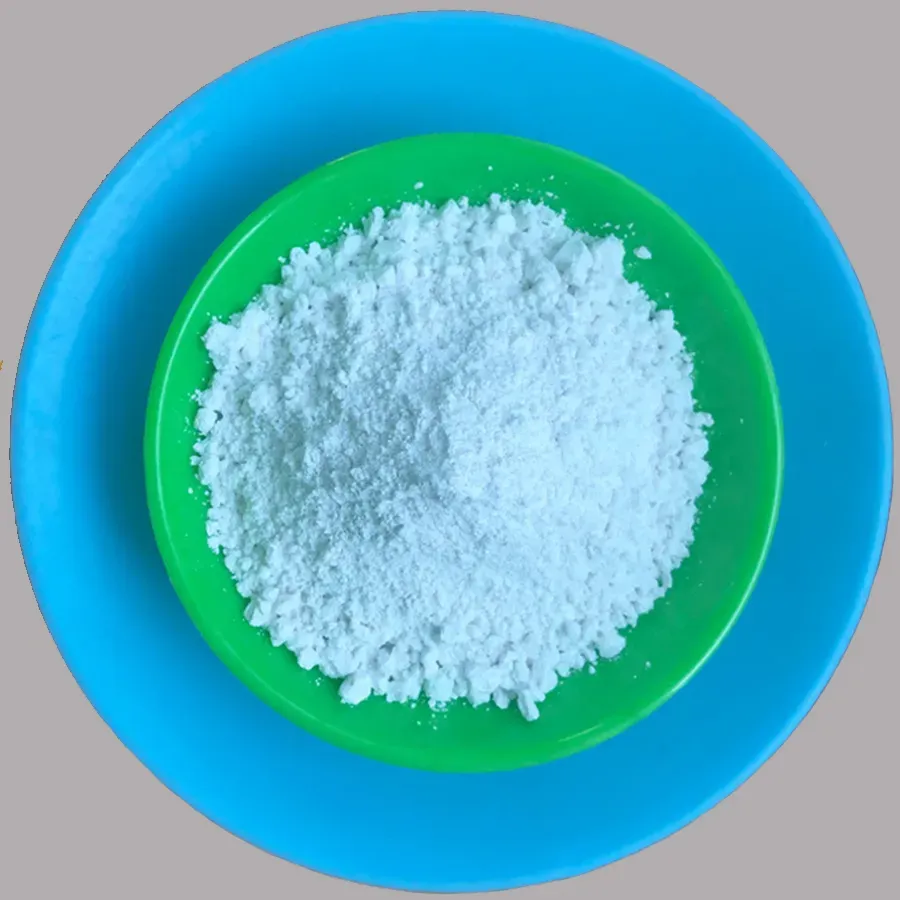
Technical Parameters and Grades of Lithopone Powder: A Comprehensive Overview
Understanding the technical specifications of Lithopone pulver is paramount for industrial buyers seeking to optimize their product formulations and achieve desired performance characteristics. Lithopone is typically graded based on its zinc sulfide content and processing method, with common grades including B301 (28-30% ZnS) and B311 (28-30% ZnS, with surface treatment for improved dispersibility). Key technical parameters define the quality and suitability of Lithopone for specific applications. Whiteness, often measured by a reflectometer against a standard, indicates the pigment's ability to reflect light across the visible spectrum, directly impacting the brightness of the final product. Hiding power, or opacity, quantifies the pigment's capacity to obscure the substrate over which it is applied, a critical factor in paints and coatings. This property is largely influenced by the refractive index difference between the pigment and its surrounding medium, as well as its particle size and distribution. Oil absorption value, expressed as grams of oil absorbed by 100 grams of pigment, is crucial for paint and ink formulations, affecting consistency, film formation, and gloss. A lower oil absorption generally indicates better dispersibility and higher pigment loading potential.
Other vital parameters for Lithopone pulver include pH value, which indicates its acidity or alkalinity and affects its compatibility with other raw materials in a formulation; volatile matter content, representing residual moisture; and water-soluble matter, which could impact the water resistance and stability of the final product. Particle size distribution is also critically important; finer particles generally offer better hiding power and gloss but can lead to higher oil absorption. Sieve residue measures the percentage of oversized particles, indicating the fineness of grinding and potential for agglomeration. Density, typically around 4.1 g/cm³, is relevant for volumetric considerations in formulation. Manufacturers adhere to strict quality control protocols, often involving advanced analytical techniques such as X-ray diffraction (XRD) for crystalline structure analysis, scanning electron microscopy (SEM) for particle morphology, and atomic absorption spectroscopy (AAS) for trace element analysis. These rigorous tests ensure consistency across batches and compliance with international standards like ISO 787 for general test methods of pigments and extenders. The table below provides a typical range of specifications for common grades of Lithopone, offering a clear reference for procurement specialists and technical formulators.
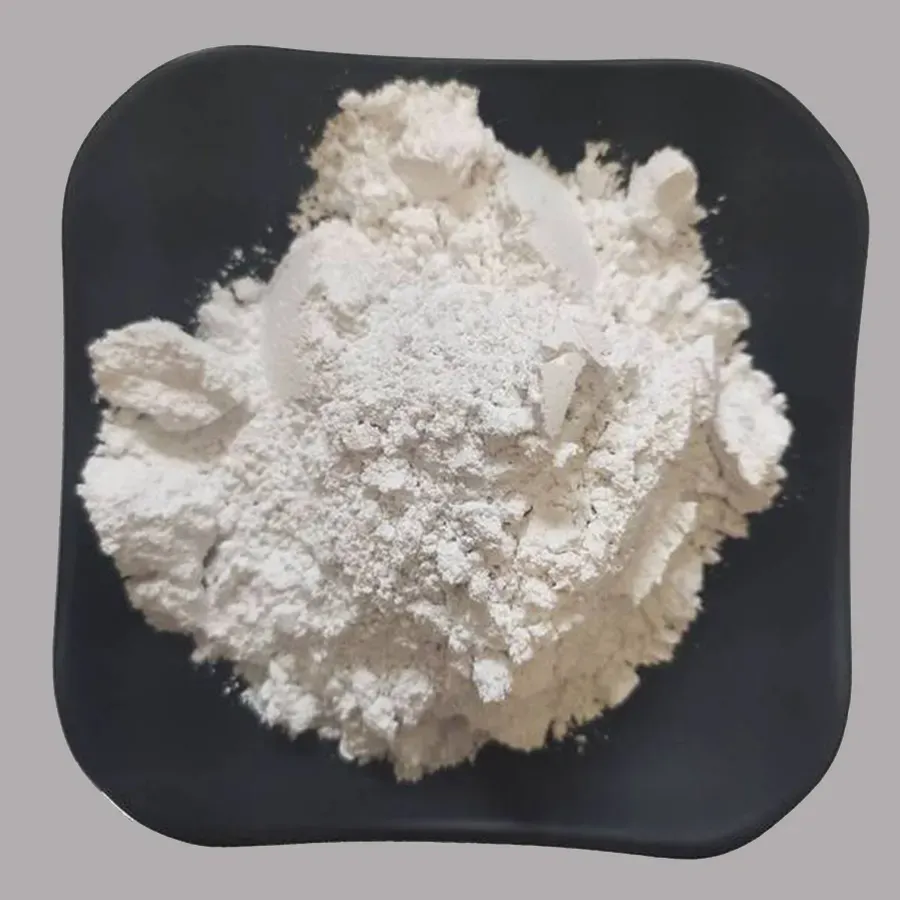
|
Parameter |
Unit |
Lithopone B301 (Typical) |
Lithopone B311 (Typical) |
|
Zinc Sulfide (ZnS) Content |
% |
≥ 28 |
≥ 28 |
|
Barium Sulfate (BaSO₄) Content |
% |
~ 70 |
~ 70 |
|
Whiteness (compared to standard sample) |
% |
≥ 92 |
≥ 93 |
|
Oil Absorption |
g/100g |
14-22 |
12-18 |
|
Density |
g/cm³ |
~ 4.1 |
~ 4.1 |
|
pH Value |
- |
6.0-8.0 |
6.5-7.5 |
|
Volatile Matter (105°C) |
% |
≤ 0.5 |
≤ 0.3 |
|
Sieve Residue (45μm) |
% |
≤ 0.1 |
≤ 0.05 |
Versatile Application Scenarios and Distinct Technical Advantages
The inherent properties of Lithopone pulver render it an indispensable pigment across a broad spectrum of industrial applications, offering distinct technical advantages that contribute to improved product performance and cost-effectiveness. In the paints and coatings industry, Lithopone is extensively used in interior decorative paints, primers, and industrial coatings. Its excellent hiding power and good whiteness make it an ideal choice for achieving opaque and bright finishes. Unlike some other white pigments, Lithopone exhibits lower abrasiveness, which extends the lifespan of processing equipment, reducing maintenance costs for paint manufacturers. Its moderate oil absorption allows for higher pigment loading in formulations, leading to better coverage without excessive thickening. In the rubber industry, Lithopone serves as a reinforcing filler and white pigment for a variety of products, including tires, footwear, and technical rubber goods. It imparts good mechanical strength, improves tear resistance, and offers UV stability, contributing to the longevity and performance of rubber products. Its non-toxic nature makes it suitable for applications where safety is a primary concern, such as children's toys and food-contact materials.
Beyond paints and rubber, Lithopone pulver finds significant utility in the plastics industry, where it is incorporated into various plastic compounds, including PVC, polyethylene, and polypropylene, for applications ranging from masterbatches and films to profiles and cables. It provides opacity, whiteness, and improves the processability of plastic compounds. Its relatively low density compared to some other pigments contributes to lighter-weight finished products, which is particularly beneficial in automotive and construction applications where weight reduction is critical. In the ink manufacturing sector, Lithopone is utilized in printing inks, especially for flexographic and gravure printing, where its high whiteness and consistent particle size ensure vibrant colors and sharp image reproduction. Furthermore, it is employed in the paper industry as a filler and coating pigment to enhance paper brightness, opacity, and printability. Its excellent dispersibility and compatibility with various binders and resins make it a preferred choice for formulators across these diverse industries. The combination of its cost-effectiveness, non-toxicity, and superior optical properties provides a compelling argument for its widespread adoption, making it a cornerstone pigment in modern industrial production.
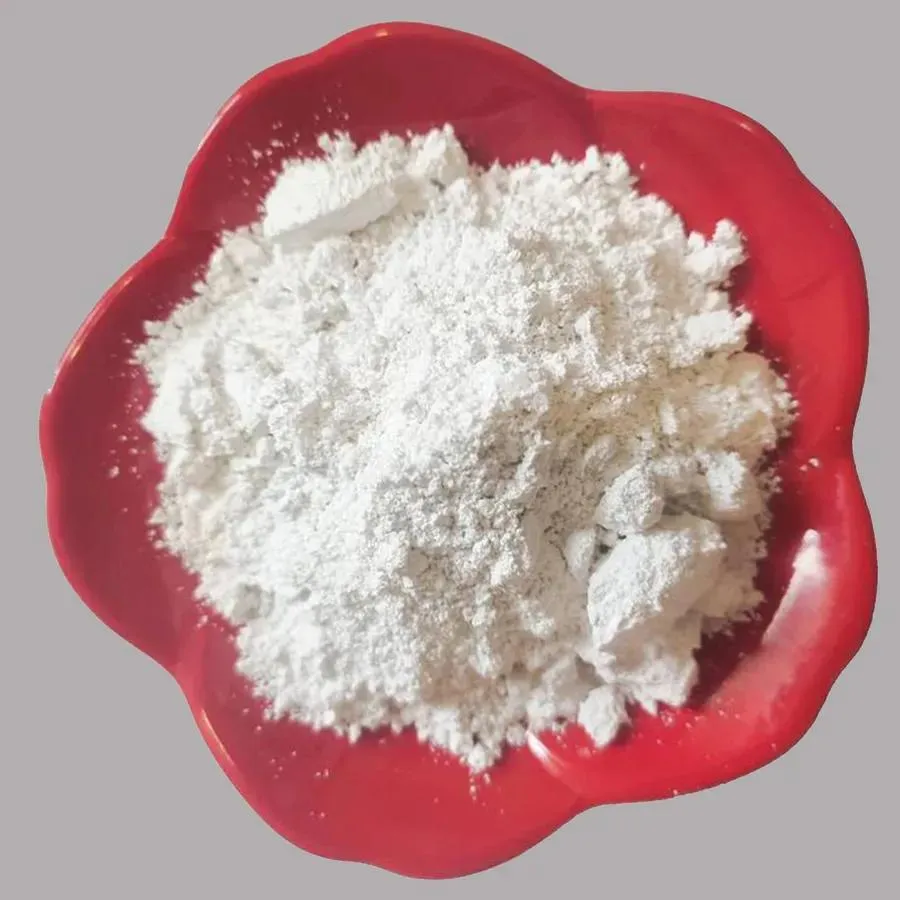
Quality Assurance, Certifications, and Industry Authority
In the B2B chemical market, establishing and maintaining stringent quality assurance protocols and securing relevant industry certifications are paramount for building trust and demonstrating authority. Our commitment to delivering high-grade Lithopone pulver is underpinned by a comprehensive quality management system that adheres to international standards. We are proud to hold ISO 9001 certification, which signifies our dedication to consistent quality, customer satisfaction, and continuous improvement across all operational facets, from raw material procurement to final product delivery. Each batch of Lithopone undergoes rigorous multi-stage testing, utilizing advanced analytical equipment to verify its chemical composition, physical properties, and performance characteristics against pre-defined specifications. This includes spectrophotometric analysis for whiteness and color consistency, particle size analysis using laser diffraction to ensure optimal dispersibility and hiding power, and oil absorption tests to confirm suitability for various formulations. Furthermore, heavy metal content and other potential impurities are meticulously checked to ensure compliance with global environmental and safety regulations, including REACH for European markets and similar standards globally. This proactive approach to quality control guarantees that our Lithopone Powder consistently meets or exceeds the most demanding industry benchmarks.
Our long-standing service record and partnerships with leading manufacturers across diverse industries globally underscore our authoritative position as a reliable supplier of Lithopone pulver. We routinely provide Certificates of Analysis (CoA) with every shipment, detailing the specific batch test results and confirming compliance with agreed-upon specifications. Our technical support team comprises experienced chemists and material scientists who can provide in-depth data, assist with product integration challenges, and offer expert advice on optimizing formulations. Our extensive experience, accumulated over decades in the mining and chemical processing sector, positions us as a knowledgeable partner capable of addressing complex industrial needs. We leverage our deep industry insights to anticipate market trends and proactively develop new solutions, ensuring our Lithopone offerings remain at the forefront of pigment technology. This blend of certified quality, comprehensive technical expertise, and a proven track record of reliable supply reinforces our commitment to being a trusted and authoritative source for premium Lithopone Powder for our B2B clientele. We conduct regular internal audits and external certifications to ensure our processes and products continually meet the highest international standards.

Custom Solutions, Reliable Delivery, and Unwavering Customer Support
Recognizing the unique requirements of various industrial applications, we offer tailored solutions for Lithopone pulver to meet specific client needs. Our technical team works closely with B2B customers to understand their precise formulation demands, whether it involves specific particle size distributions, tailored surface treatments for enhanced dispersibility in particular polymer matrices, or customized packaging solutions. This collaborative approach ensures that the Lithopone supplied is perfectly optimized for its intended application, leading to superior end-product performance and efficiency in the client's manufacturing processes. Our flexibility in product modification and customization is a key differentiator, enabling us to serve a diverse range of industries, from high-volume paint manufacturers to specialized plastics compounders. We leverage our advanced production capabilities and deep understanding of pigment chemistry to deliver solutions that are not only high-quality but also perfectly aligned with the client's operational and strategic objectives. This commitment to bespoke solutions is a testament to our customer-centric philosophy, aiming to build long-term, mutually beneficial partnerships.
Reliable and timely delivery is a cornerstone of our service commitment. We understand that consistent supply chains are critical for our B2B clients to maintain uninterrupted production schedules. Therefore, we have established robust logistics networks and maintain optimal inventory levels of Lithopone pulver to ensure prompt dispatch and delivery across various regions. Our typical delivery cycles are meticulously managed, with standard orders processed and shipped within 7-14 business days, depending on destination and volume. For customized or large-volume orders, a detailed delivery schedule is provided and strictly adhered to. Furthermore, we stand behind the quality of our products with a comprehensive quality assurance policy and warranty commitments, ensuring that our Lithopone meets published specifications upon arrival. Our dedicated customer support team is available to provide continuous assistance, from initial inquiry and technical consultation to post-delivery support and troubleshooting. This proactive and responsive approach minimizes potential disruptions for our clients and reinforces our promise of reliability and excellence in service. We are committed to fostering enduring relationships by consistently exceeding expectations in product quality, tailored solutions, and logistical efficiency.
Frequently Asked Questions (FAQs) About Lithopone Powder
- Q1: What are the primary advantages of using Lithopone Powder over other white pigments like Titanium Dioxide?
- While Titanium Dioxide (TiO₂) offers superior hiding power and whiteness, Lithopone Powder provides several distinct advantages, particularly in terms of cost-effectiveness and specific application benefits. Lithopone is significantly more economical, making it an excellent choice for formulations where cost is a critical factor without compromising essential performance. It exhibits lower oil absorption compared to many grades of TiO₂, which can be beneficial in certain paint and rubber formulations, allowing for higher pigment loading or improved flow properties. Furthermore, Lithopone is non-toxic and has a lower abrasive index, which can contribute to extended equipment lifespan during processing. Its stability in specific chemical environments and its ability to offer a bright, opaque finish make it a preferred alternative or co-pigment in numerous applications, balancing performance with economic viability.
- Q2: Is Lithopone Powder suitable for outdoor applications?
- Historically, pure Lithopone Powder was known to undergo a "chalking" effect when exposed to direct sunlight for prolonged periods, which limited its use in outdoor applications. However, modern manufacturing techniques and surface treatments have significantly improved its weather resistance. Advanced grades of Lithopone, often surface-treated with inorganic or organic compounds, now exhibit enhanced stability against UV radiation and weathering. While it may not offer the same extreme durability as rutile Titanium Dioxide in all outdoor conditions, it is increasingly used in certain exterior coatings, especially those with shorter expected lifespans or in formulations where it is combined with more UV-stable pigments to achieve a balanced performance profile. For critical outdoor applications demanding extreme long-term weatherability, consultation with our technical team is recommended to determine the most suitable grade or blend.
- Q3: What are the typical packaging options and minimum order quantities for Lithopone Powder?
- We offer flexible packaging solutions for Lithopone Powder to accommodate various client requirements, typically ranging from 25kg paper-plastic compound bags to 500kg or 1000kg jumbo bags (FIBCs) for bulk orders. All packaging is designed to ensure product integrity, protect against moisture, and facilitate safe handling and storage. Minimum order quantities (MOQs) generally start from one metric ton (1,000 kg), but this can vary depending on the specific grade and current stock levels. For unique requirements or smaller sample requests, we encourage direct communication with our sales team to explore possibilities. Our logistics team works diligently to arrange efficient and secure transportation, whether by sea, rail, or road, ensuring timely delivery to your specified destination worldwide.
Authoritative References
- Pigment Handbook, Vol. 1: Properties and Economics. Edited by Peter A. Lewis, Gunter Buxbaum, and Gernot W. Buxbaum. 2nd Edition, Wiley-VCH, 2005.
- Manufacturing, Processing, and Application of Pigments. Edited by W. Herbst and K. Hunger. Wiley-VCH, 2004.
- Industrial Inorganic Pigments. By Gunter Buxbaum and Gunter Printzen. 3rd Edition, Wiley-VCH, 2009.
- ASTM D476-00(2019) Standard Classification for Dry Pigmentary Titanium Dioxide Products.
Relaterade nyheter



